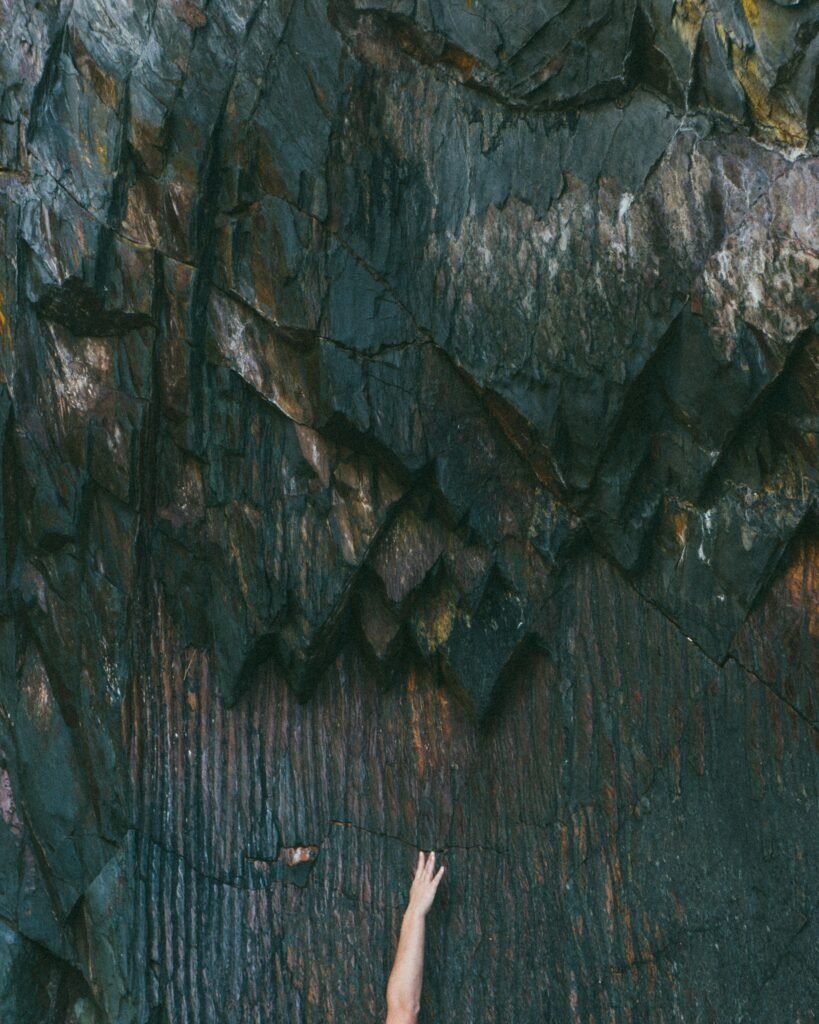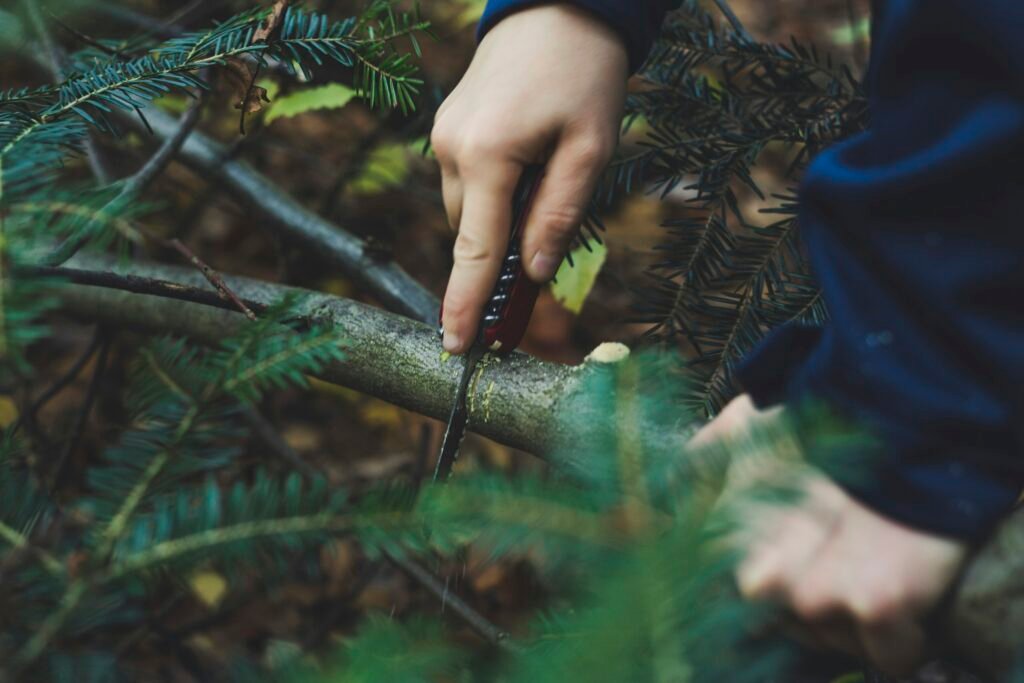Isn’t it fascinating how the call of the wild can be both exhilarating and downright terrifying? While I’m not suggesting that heading into the wilderness is akin to buying a one-way ticket to a horror movie, there are certainly moments where one might fervently wish they’d taken a bit more time to prep. Let’s chat about some essential survival skills that every outdoor aficionado should probably master before embarking on their next great adventure—misadventures in the great outdoors can be, to put it mildly, inconvenient.

Understanding the Basics of Survival
First things first: before considering how many protein bars to pack or whether your tent matches your sleeping bag, it helps to have a foundation of basic survival skills. These are the skills that could turn a potential nightmare into a manageable challenge.
Assessing Your Situation
When you find yourself off the beaten path, the first step is really about taking a step back—mentally, anyway. Assess your environment calmly.
- Location: Figure out where you are. Is there a nearby water source? What landmarks surround you?
- Time of Day: How much daylight is left? Knowing how long you have until sunset can dictate your next actions.
- Weather: Check the sky. Cloud gathering could mean upcoming rain, something that could change your shelter or travel plans substantially.
Remember, panicking is counterproductive. Think of it like trying to solve a jigsaw puzzle without all the pieces. Once you have a clearer picture, decision-making becomes more straightforward.
Mastering the Art of Navigation
I once thought I could create my own trail. Spoiler alert: it didn’t end well. Knowing how to navigate isn’t just about being able to follow a path—it’s about understanding how to find your way when there isn’t one.
Map Reading and Compass Use
In our GPS-reliant world, it’s easy to overlook good old-fashioned map reading. But maps and a compass don’t rely on batteries, and that’s a huge plus.
- Understand the Symbols: Contour lines, scales, and geographical markers can tell you a lot about the terrain.
- Orient Your Map: Aligning your map with the landscape around you helps keep direction—and sanity—in check.
- Using a Compass:
- Hold the compass flat in your hand.
- Rotate the bezel until the orienting lines on the bezel are aligned with north on the map.
- Find your bearing and follow it to your destination.
Natural Navigation
Sometimes you won’t have a map. In that case, it’s time to channel your inner scout.
- The Sun and Stars: The sun rises in the east and sets in the west. The North Star can also be a nocturnal helper.
- Landmarks: Trees, rocks, and bodies of water are more than just scenery—they’re nature’s own signposts.
- Animal Behavior: Birds and animals often move in predictable patterns and can hint at water or shelter.

Building a Shelter
A cozy cave may sound romantic, but in reality, shelter is more about protection from the elements than any Hobbit-like fantasies.
Types of Shelters
Let’s chat about what you can whip up with a little ingenuity and some keen observations.
- Lean-To Shelter: The classic. Lean some large branches against a sturdy support, like a downed tree, cover with brush, and voila.
- A-Frame Shelter: Similar to the lean-to, but with support branches on both sides for those blustery nights.
- Debris Hut: A snug little number using natural materials like leaves for insulation.
Location, Location, Location
Choosing where to build your temporary home:
- Avoid Natural Hazards: Stay away from game trails (because we all know how encounters with moose end up), low spots that collect water, and under tall dead trees.
- Proximity to Resources: Ideally, your shelter is near water and firewood. That’s not just convenience; it’s smart energy conservation.
Finding and Purifying Water
The human body is like a car in this regard: it doesn’t run very well without fuel. Water is critical, but not all that glimmers is good for the gullet.
Water Sources in the Wilderness
Look for:
- Streams and Rivers: Moving water is generally better than stagnant.
- Rainfall: Collecting rain can be a refreshing bonus.
- Plants: Morning dew or thirst-quenching leaves like cacti (in specific environments) provide hydration.
Purification Techniques
Because nobody wants an impromptu biology lesson in parasites:
- Boiling: The classic approach. Bring water to a rolling boil for at least one minute (three minutes above sea level).
- Filtration Systems: Portable filters and tablets that fit snugly in your bag for when you’re feeling less primitive.
- Solar Disinfection: Fill a clear plastic bottle and leave it in direct sunlight for at least six hours.

Starting a Fire
Once, I spent what felt like eons trying to rub two sticks together. Turns out, a good sense of humor and a bit of know-how is much more effective.
Fire Building Basics
Fire needs fuel, heat, and oxygen. Here’s a quick guide on putting that into practice:
- Tinder: Dry leaves, grass, or bark—and in a pinch, even your last resort stash of dollar bills.
- Kindling: Small twigs and branches. Arrange in a teepee or log cabin style.
- Fuel: Larger logs to really get things toasty.
Fire Starting Techniques
Whether you’re a purist or prefer some help, here are a few techniques:
- Friction: The primal method. Bow drills or fire ploughs if you’re feeling hardcore.
- Sparks: A flint and steel or magnesium starter can throw sparks onto your tinder.
- Modern Aids: Matches and lighters—because it’s okay to make things easier.
Finding and Preparing Food
The rumble of a hungry stomach is Nature’s own little alarm clock. While not every meal will be gourmet, sustenance is key.
Foraging
Wild plants can be a savior or a saboteur. Knowing which is which is crucial.
- Berries: Raspberries and blueberries are usually safe. Just be wary of the lookalikes.
- Greens: Dandelion, clover, and wild garlic can be more than just salad days.
- Know the Dangers: Avoid mushrooms unless you are 100% certain of their identity.
Hunting and Trapping
When plant life isn’t ample, it’s time to think protein.
- Fishing: If you’ve got the equipment (line, hook, maybe a bit of bait), local streams might yield a bite.
- Trapping: Snares or deadfalls can be set up with basic materials and a bit of patience.
First Aid and Health
Avoiding injury is the dream, but reality, unfortunately, sometimes dreams otherwise.
Basic First Aid Kit
Even a minimal kit should cover the following essentials:
| Item | Purpose |
|---|---|
| Band-aids | Minor cuts and blisters |
| Antiseptic wipes | Cleaning wounds |
| Adhesive tape | Securing bandages |
| Sterile dressings | Larger wounds |
| Pain relief meds | When your head or muscles complain |
Common Wilderness Hazards
Awareness is prevention’s best friend:
- Dehydration: Drink regularly and ration wisely.
- Sunburn: SPF is not just a beach thing. Even a light cover-up can help.
- Insect Bites: Mosquitoes love a feast, so repellent is your trusty shield.
Maintaining a Positive Attitude
It’s clichéd but true: staying positive can be the difference between coming home with a story versus ending up as one.
Mental Resilience
Keeping a level head is crucial:
- Routine: Establishing a routine, even just a morning coffee equivalent and evening wind-down, can provide stability.
- Objectives: Setting small goals for the day gives purpose and direction.
- Belief: Sometimes it’s that ounce of belief that turns ordeals into triumphs.
Dealing with Setbacks
Nature is unpredictable, but that doesn’t mean you have to be:
- Flexibility: Plans are guidelines, not gospel.
- Resourcefulness: Use what you have. You’d be surprised how versatile a good hiking pole can be.
- Adaptation: If a strategy isn’t working, be open to change. Sometimes it’s the detours that lead to the best experiences.
Reflecting on Experiences
Each foray into the wild teaches valuable lessons. Whether it’s learning new skills or the satisfaction of surviving a week without internet, these experiences are jewels in your wilderness crown.
Understanding how things went—what worked, what blew up in your face (hopefully figuratively)—adds to your outdoor expertise. Journal it, share stories with friends, or even just think about it on the drive home. But don’t skip the step of reflection.
As I recollect my own little adventures and (mis)adventures, it’s clear that being prepared not only shapes our stories but enriches them. Plus, if you’ve learned anything from reading this, you’re already a step ahead when it comes to embracing the unknown marvels—and occasional mishaps—that nature has in store.
Now, armed with these survival skills, it’s time to head back into the wild, albeit a bit wiser and, hopefully, a lot less likely to lead a charge into uncharted bear territory.



